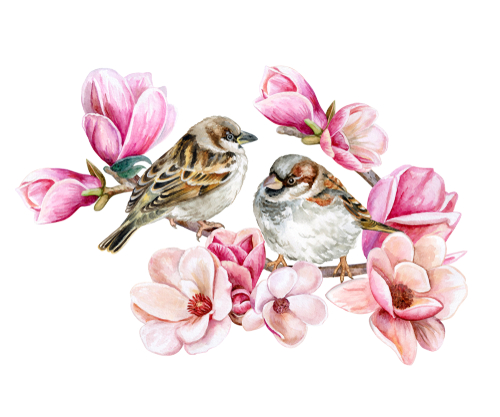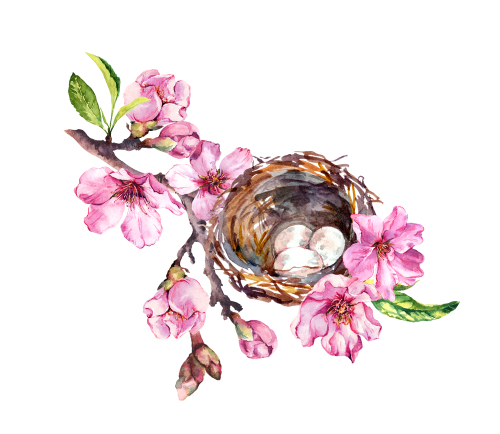Where Have All the Songbirds gone?
By Thornton W. Blease
Where have all the songbirds gone?
Long time passing.
Where have all the songbirds gone?
From long time ago.
Where have all the songbirds gone
Pesticides poisoned them most every one
When will we ever learn?
When we ever learn?
Inspired by “Where Have All the Flowers Gone?” by Pete Seeger
Many pesticides banned in the United States are not banned in Latin America. In fact, pesticide use has increased fivefold since the 1980s, according to the U.N. Food and Agriculture Organization’s pesticide import statistics. A major impetus behind this increase is the growing demand by people in the United States for fresh produce year-round.
To meet the high demands, the crops are sprayed with dangerous chemical substances such as, Monocrotophos, methamidophos and carbofuran, chemicals rated as Class I toxins by the World Wide Health Organization. These surely are not household names in the US, but are widely utilized in Latin America despite being banned in the United States and Europe.
If current intensive farming trends continue in South and Central America, pesticide usage will likely grow. While the availability of pesticides for farming is generally regulated at a national level, some countries do not require the effects of pesticides on birds to be considered before they are registered.
Unfortunately, our winter fruit and vegetable consumption comes at the expense of migratory songbirds, which are highly susceptible to the toxic effects of the chemicals used on their wintering grounds in Central America and South America. A single application of a highly toxic pesticide such as carbofuran can kill as many as 25 songbirds per acre.
Even if the birds don’t ingest enough pesticide to kill them, small amounts of these chemicals can cause sub-lethal effects. Raptors can lose the ability to fly until paralysis of the respiratory muscles causes death. Migratory birds also become lethargic, a death sentence to species dependent on flying great distances to survive.
Many birds also appear to suffer from severely depressed neurological function after being exposed to spraying. In a study of bobolinks that feed in heavily sprayed fields in Bolivia, biologist Rosalind Renfrew of the Vermont Center for Ecostudies discovered half of the birds had levels of cholinesterase—an enzyme affecting brain and nerve cells—that were 40 to 50 percent below normal. That, she reported, is a clear sign of recent and serious damage to the birds’ nervous systems. Bobolink numbers have declined by almost 50 percent in recent decades.
So, you may ask- what can I do? I don’t live in Latin America! You can shop accordingly. Look at your grocery list. Does it include strawberries, grapes, red peppers or tomatoes imported from Latin America?
Mine doesn’t. I admit finding fresh fruits and vegetables in frigid US winter months is challenging at best. It is important to the songbirds, the environment and the people living in Latin American Countries

You might argue that some foods come from tropical plants and by definition need to be imported. Bananas, for instance, are cultivated with one of the highest pesticide loads of any tropical crop. In Costa Rica, banana plantations typically apply 40 pounds of active ingredients of pesticides per acre. Though eating bananas presents little risk to consumers (because the fruit is
covered by the peel), buying organic bananas promotes a healthier environment in the regions where they are grown.
Coffee is, by far, the most sought-after tropical crop in the world. These days, most mass-produced coffee is grown in open fields with heavy inputs of chemicals. By contrast, at traditional small coffee farms, the crops are grown without pesticides in the shade under tree canopies that provide essential nitrogen to the plants and protect the soil from erosion. These organic coffee farms provide safe habitat for songbirds.
Though many of us will never see fields of melons in Guatemala or the bright red berries on coffee plants in Mexico, the thrushes, warblers and swallows that we welcome in our backyards during part of the year experience both worlds. Their lives are impacted by environmental changes on the same huge geographic scale that can affect our own lives, and they reveal environmental threats that most of us cannot see unfolding in faraway countries. That’s why my family shops with songbirds on my mind.

